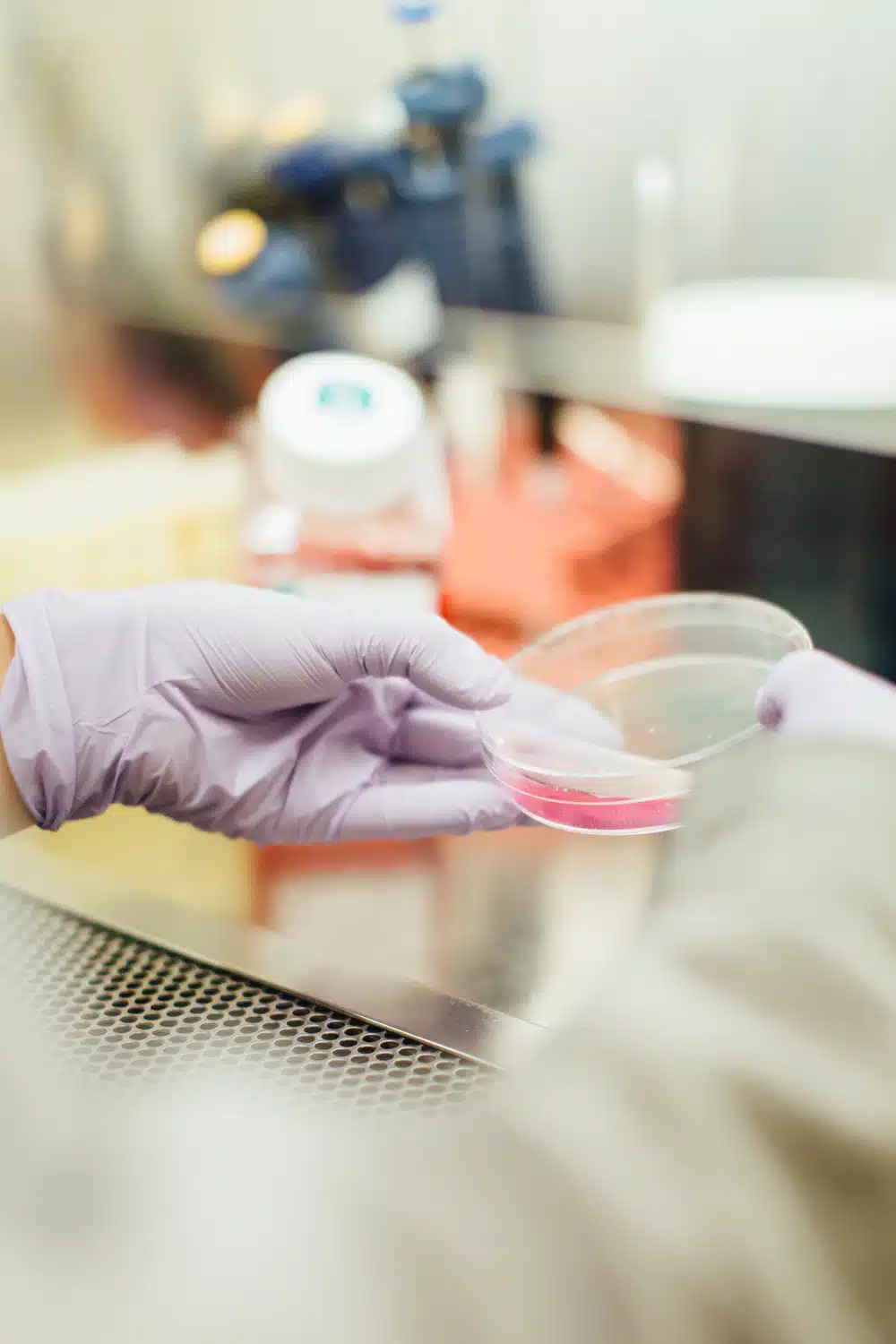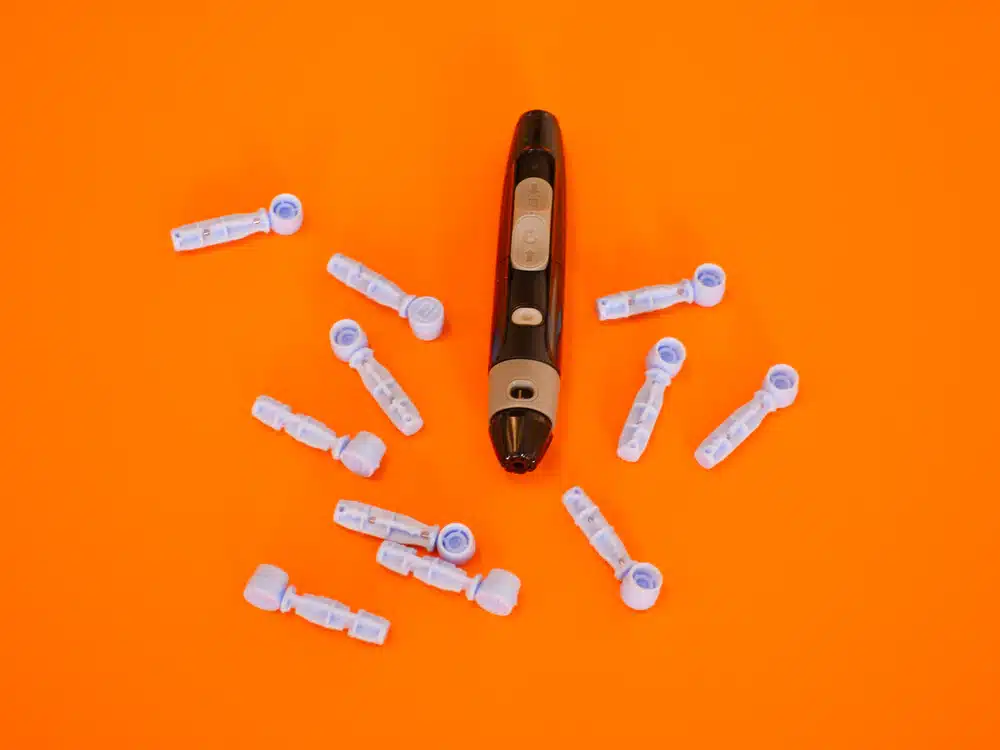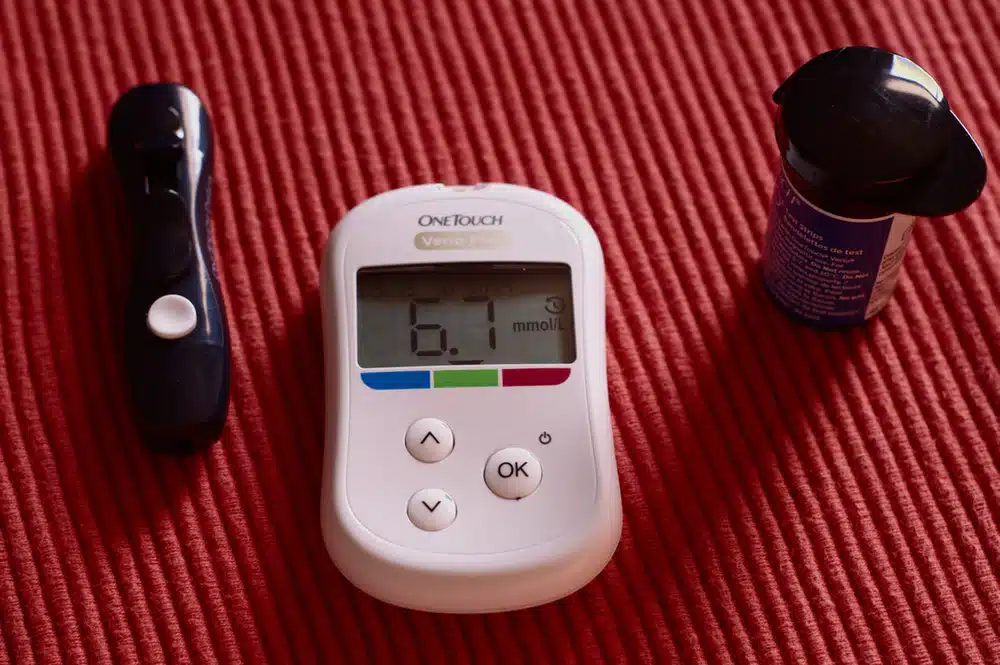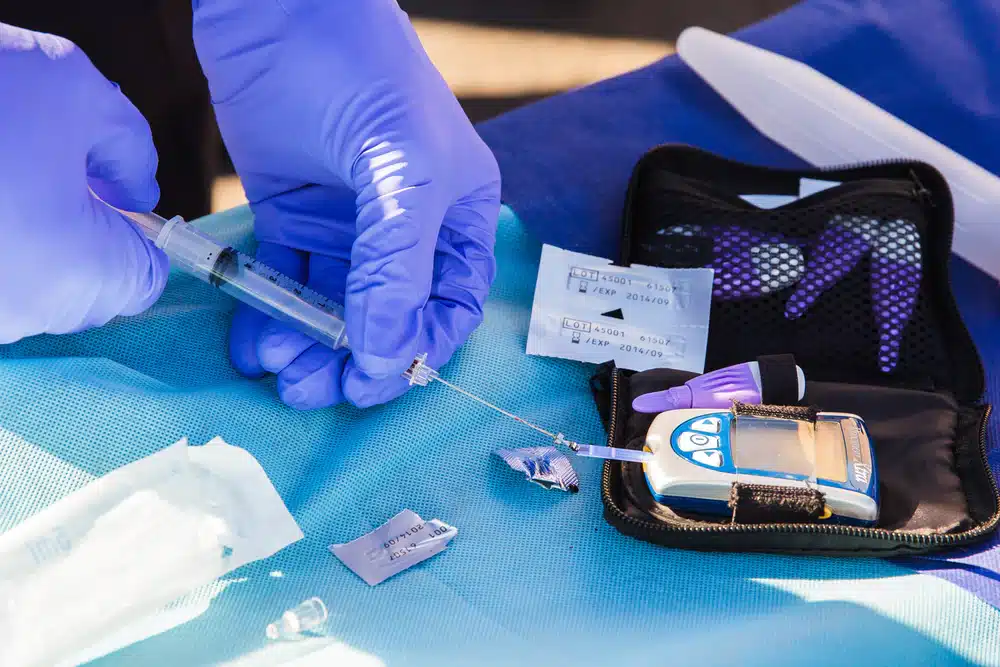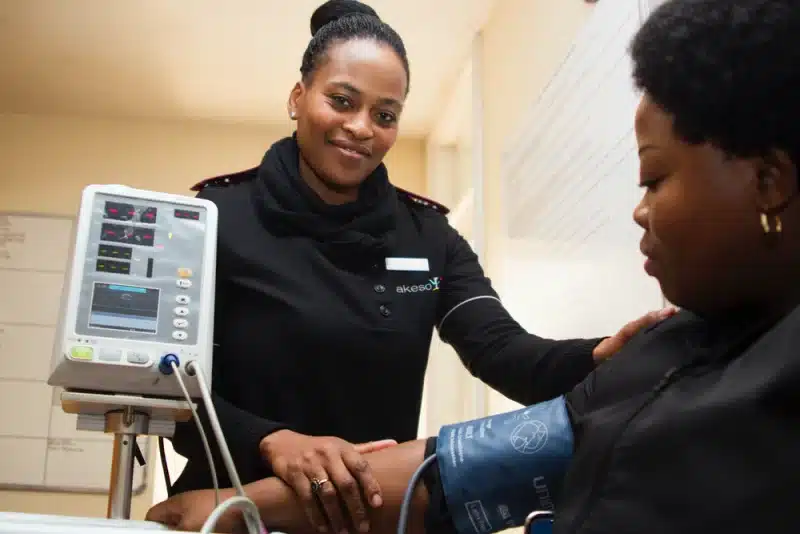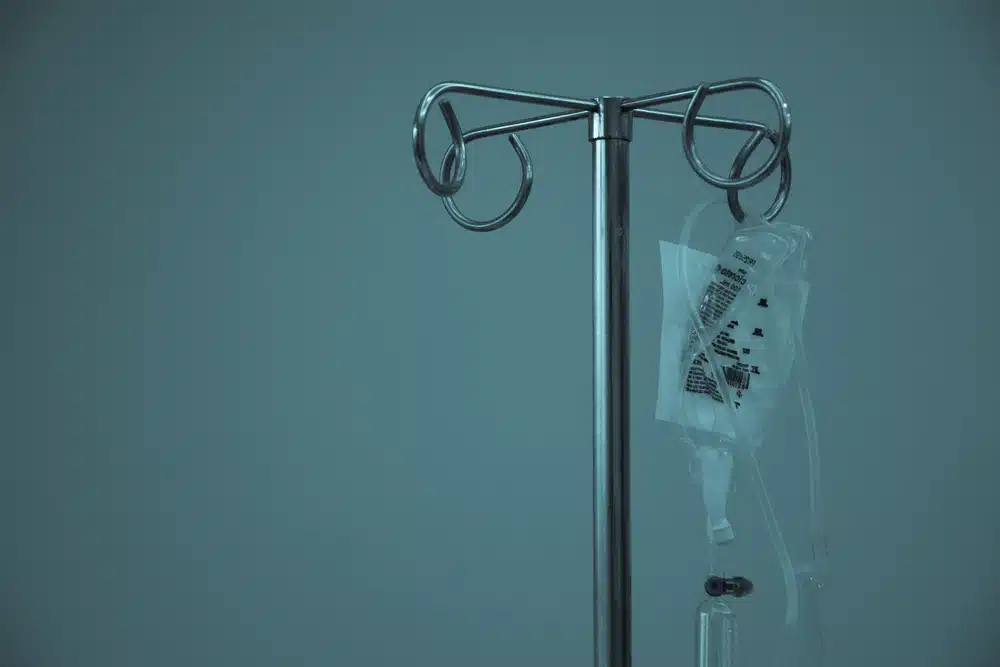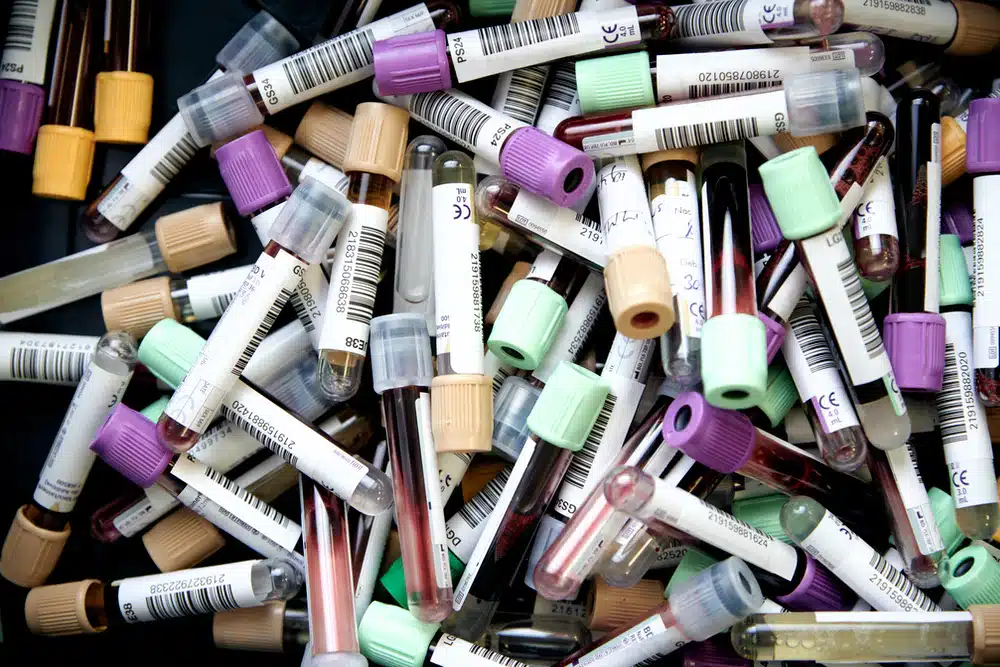
What Is Random Blood Sugar (RBS) Test?
What is an RBS Test? These are RBS tests that test people’s blood sugar levels. Your blood sugar level is also referred to as your blood glucose level. Your blood glucose level is how much sugar there is in your blood. And is our main source of energy.
RBS tests are used to screen for prediabetes and diabetes. Often these are the first tests done for this type of screening.
Why is it important to take a random blood glucose test? Knowing if your glucose levels are normal is important for the right function of your brain and other body tissues. When we eat our blood sugar levels change. When we have low blood sugar levels it is referred to as hypoglycemia. On the other hand, when our blood sugar levels remain consistently high, it is called hyperglycemia.
If you have any concerns about being diabetic then a doctor can prescribe an RBS test with a simple lab test.
Table of Contents
About the Test
Usually, a nurse or doctor will take a small blood sample from us. This is normally done by a prick of the finger. There is no special preparation that needs to be done before the blood test.
Blood samples are sent for a lab test to check for the hormone called insulin. One random glucose test will test for the high blood sugar range.
If the results of the random blood sugar test come back with elevated blood sugar levels then a follow-up test will need to be done. Another random test can be done in order to gain a more reliable diagnosis.
An RBS test measures blood glucose levels within our bodies. This is essential information as diabetes complications can lead to serious health problems.
Often there are two ways to do this:
A Fasting Glucose Test
We would not be allowed to eat or drink for eight hours. Then a test is done to measure the blood glucose levels. This random glucose testing is normally done early in the morning before we eat breakfast.
Fasting blood sugar levels will be at 99 mg/dl or lower will demonstrate normal results. If results are at 100 to 125 mg/dl this indicates sugar levels to be higher than the expected glucose levels which point to prediabetes.
And if the random blood sugar test shows 126 mg/dl or higher then you have diabetes.
Oral Glucose Test (OGTT)
Every now and then we can still show a normal range even though we might have diabetes. If doctors suspect that we might still have diabetes they will suggest an OGTT.
With this test, we are also not allowed to eat or drink for eight hours. After the first blood sample is taken the person will be given a liquid containing glucose to drink. An Oral glucose tolerance test is used to see how effectively the body can process larger amounts of sugar.
If the test shows high blood sugar there is then a warning sign that sugar is not being absorbed properly by the body’s cells.
Why Would I Get Tested?
The main reason for random blood sugar testing is to check people’s random blood sugar levels. If we have a random blood sugar range of 200 mg/dl or higher then there is an obvious indication of diabetes mellitus.
Going for random blood sugar tests and being able to diagnose diabetes in a quick and efficient way will help people to get treatment as soon as possible.
Your doctor can prescribe an RBS test procedure if you are experiencing the following factors:
- Sudden weight loss
- Constant dehydration or dry mouth
- Slow-healing wounds
- Blurred vision
- Constant urination
When going for a random blood sugar test the test will measure your mg/dl. What this means is that the RBS test is measuring how much sugar is in your bloodstream per decilitre. We know that an excessive measurement of mg/dl will give you the result of being diabetic.
My Results
The RBS test is a fantastic way to keep a record of blood glucose levels. Glucose levels will differ from eating before and after eating. If the RBS test procedure is a simple blood test and is done within one or two hours of eating the RBS normal value should be 180 mg/dl.
The normal range should be between 80 mg/dl and 130 mg/dl before eating a meal to reflect a healthy range of blood sugar levels in your body. If a person has a reading of 140 mg/dl to 199 mg/dl when using a random glucose test then they are pre-diabetic. They are quite likely to develop diabetes type 2.
If a person’s blood glucose levels come back as 200 mg/dl or higher after a random blood glucose test then they are most likely diabetic.
Factors That Affect a Person’s Blood Glucose Levels
When taking random glucose tests it is essential to take the following into consideration:
These factors can increase a person’s blood sugar level:
- Overeating
- Not enough physical activity
- Medication side effects
- Illnesses
- Stress
- Pain
- Menstruation
- Dehydration
These factors can decrease a person’s blood sugar levels:
- Person’s food intake with little or no food
- Drinking alcohol
- Medication side effects
High levels of exercise or activities – effects intense physical activity as exercise uses sugar reserves kept in muscles and the liver. When your body rebuilds the stores it will take sugar from your blood. The more intense your workout the longer it will take to replenish the stores. Low blood sugar can last up to four or eight hours after exercise.
What Is Diabetes?
An RBS test can diagnose diabetes mellitus in people. This means that the body is not producing insulin correctly. Or the body is unable to use it as it should. This resistance to insulin can develop slowly.
Diabetes mellitus is a chronic health condition which affects how your body works continuously. It affects your body’s ability to turn food into energy. Food is the body’s primary energy source.
Most of the food we eat is broken down into usable sugar known as glucose. This is then sent out into your bloodstream for your body to use. Sometimes people will develop impaired fasting glucose. This is a type of prediabetes. In this case, the person’s blood glucose levels will be higher than normal even when fasting.
That being said, the person’s blood glucose will be below the count needed for a diagnosis of diabetes mellitus. Impaired glucose tolerance is an indication of insulin resistance.
Diabetes is a chronic disease that can lead to health complications if not treated properly:
- Heart disease
- Nerve damage
- Dental disease
- Foot problems
- Stroke
- Kidney disease
- Eye problems
When there is too much sugar in the blood the elasticity of the blood vessels is affected. They will start to narrow as a result. This can cause a low supply of blood and oxygen.
As a result, there is often a risk of high blood pressure. And damage to large and small blood vessels.
Treatment for Diabetics
When someone has type 1 diabetes they will need to use certain medications such as insulin injections or an insulin pump. They will need to regularly monitor sugar levels and do carbohydrate counting.
For someone with type 2 diabetes, there will be lifestyle changes. They will need to keep a constant check on sugar levels to control blood glucose levels. They might need medication or insulin. In some cases, they will need both.
There are a variety of methods for treating and managing diabetes:
It is important to remember that everyone is different and consulting with your doctor is recommended.
- Insulin pumps
- Islet cell transplant – doctors will remove the pancreas. Islets are removed from the pancreas. The islets are then transplanted into the patient’s liver. The goal is to provide the body with enough healthy islets so that they are able to produce insulin.
- In diabetics, the pancreas will either not make insulin or the cells will become resistant. This means that glucose remains in the blood. This is why blood levels stay high.
- Tablets and medication
- Weight loss surgery
- Diet and exercise
- Insulin injections
- Frequent blood sugar test
- Emotional support
Have a Look at Your Lifestyle
A lot of diabetes develops slowly due to the food we eat and how active we are. Developing diabetes is different due to genetic and environmental factors. Those with the genetic type are at a greater risk factor. If diabetes runs in your family it is even more important to do a frequent RBS test.
If a diabetic improves their daily habits they will be able to have a long and active life. It is essential to make sure that your body is receiving enough insulin. When eating it is important to be wary of carbohydrates as they cause random glucose spikes in blood sugar levels. A dietician can help with providing sugar steady only diet.
If you eat the correct types of food you will find it much easier to control your blood sugar and lose any extra weight. It is best to keep your glucose levels steady by eating small and frequent meals throughout the day.
The most diabetic-friendly foods are:
- Fruit
- Vegetables
- Whole grains
- Lean protein (fish and poultry)
- Healthy fats (olive oil and nuts for example)
Conclusion
It is important to go for an RBS test often to manage and monitor your blood glucose levels. It is easy to do a random blood sugar test as the blood sample is easy to obtain. That being said it is also essential to be living a healthy and active lifestyle so that when you do a random glucose test you are within a healthy range.
Make sure to do an RBS test for yourself and for your family members to make sure that everyone is healthy.
Sarah is an accomplished educator, researcher and author in the field of testing and assessment. She has worked with various educational institutions and organisations to develop innovative evaluation methods and enhance student learning. Sarah has published numerous articles and books on assessment and learning. Her passion for promoting equity and fairness in the education system fuels her commitment to sharing insights and best practices with educators and policymakers around the world.

